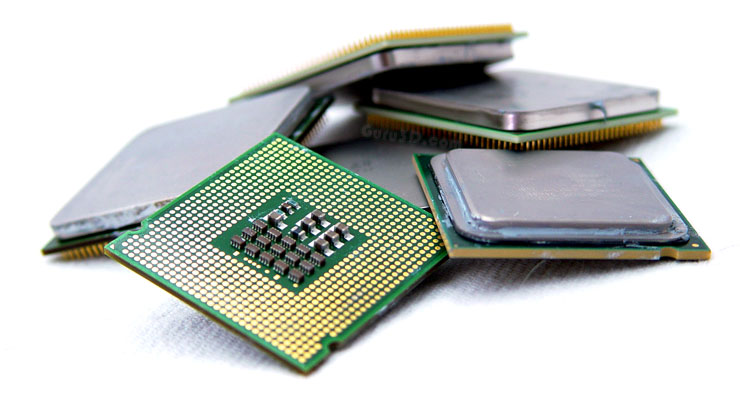The computing world has advanced so rapidly and we could be amazed by new components that arrive in the market. New computer users should understand more about processors, because they are the centrepiece of any computing device. Today, we rarely see a processor that’s consisted of only a single core. CPU is the brain of our computer and it handles things that need to be processed. It is an essential part of our computer and the better our CPU, the faster our system would respond. This would benefit busy professionals because they don’t need to mait much longer for a command or a task to be completed. As time goes by, different manufacturers are making more powerful CPUs. Many have failed and the computing world is currently dominated by two giants in the industry. Intel and AMD have survived the fierce competition and they manage to make their processors to go faster than ever before.
The current technology limits the processor speed to just below 4GHz. GHz is a unit of frequency clock of processor, the higher it is the more information processors can handle. The Moore’s Law stipulates that computing performance doubles every two years. So, due to the engineering limitations in terms of frequency rate, designers need to come up with new ways to improve the performance. One of the solutions is by adding more cores inside the processor.

The logic behind this concept is that we would get improved performance by adding more processing cores inside the processor. Cores are comparable to cylinders in our cars. It is possible to boost the performance of processor by adding more cores. As an example, instead of pushing the frequency rate of a single-core processor to approach 4GHz, engineers choose to put a couple of 3GHz cores inside a processor package. It should be noted that it doesn’t mean that the whole configuration would run like a single-core 6GHz processor. Multi-core processors need special software that allows them to process a single piece of information. Without this software, the computer would get confused, because data need to be allocated to and gathered from multiple cores. Unfortunately, not all software can take full benefit of multi-core environment. Some software like Adobe Photoshop could run really fast on a multi-core platform, but others could have slight boosts only.
Aside from dual-core, there are also quad-core and octa-core processors in the market. For desktops and laptops, dual-core processors are usually considered as affordable solutions, while quad-core and octa-core processors are available for mid-range and top-tier models. Thankfully, many software in the market today fully supports the multi-threaded environment. Without such support, it would be rather difficult to tell the difference between single- and multi-core processors. We should consider buying a multi-core processor for our desktop PC, because this would help us to cope with future developments. In essence, we could prevent our computers for becoming obsolete too quickly. With the release of each Microsoft Windows OS version, hardware requirements will become higher and higher.



























